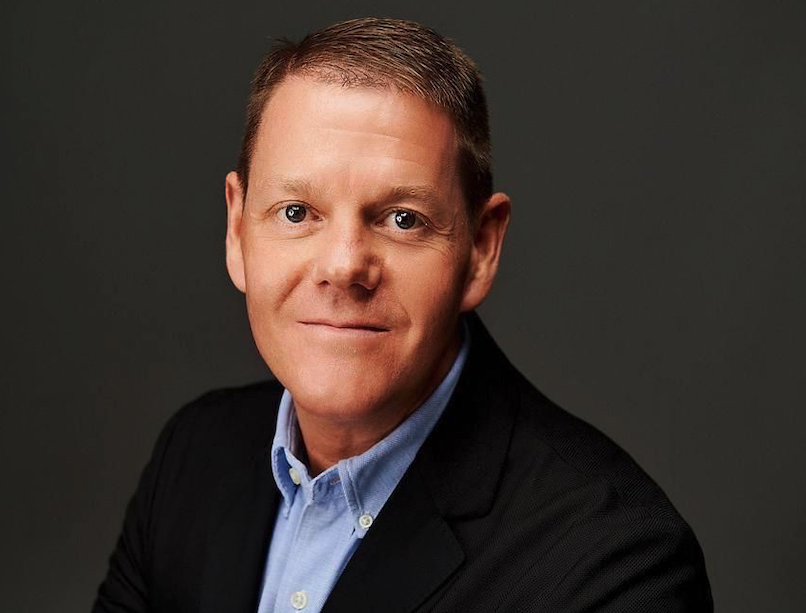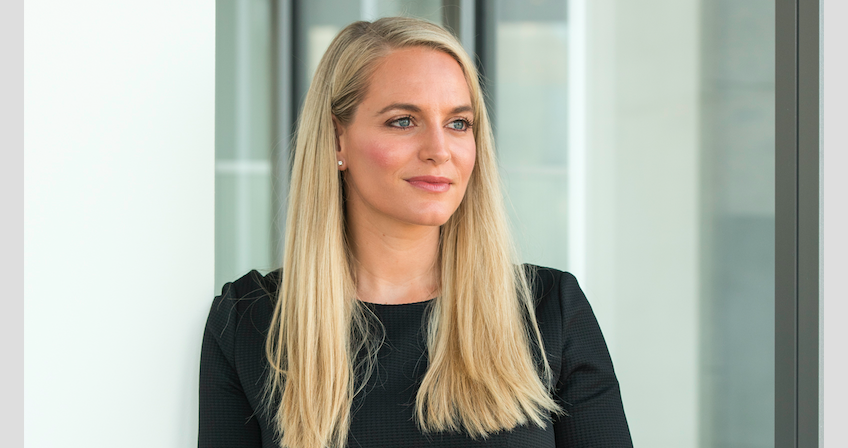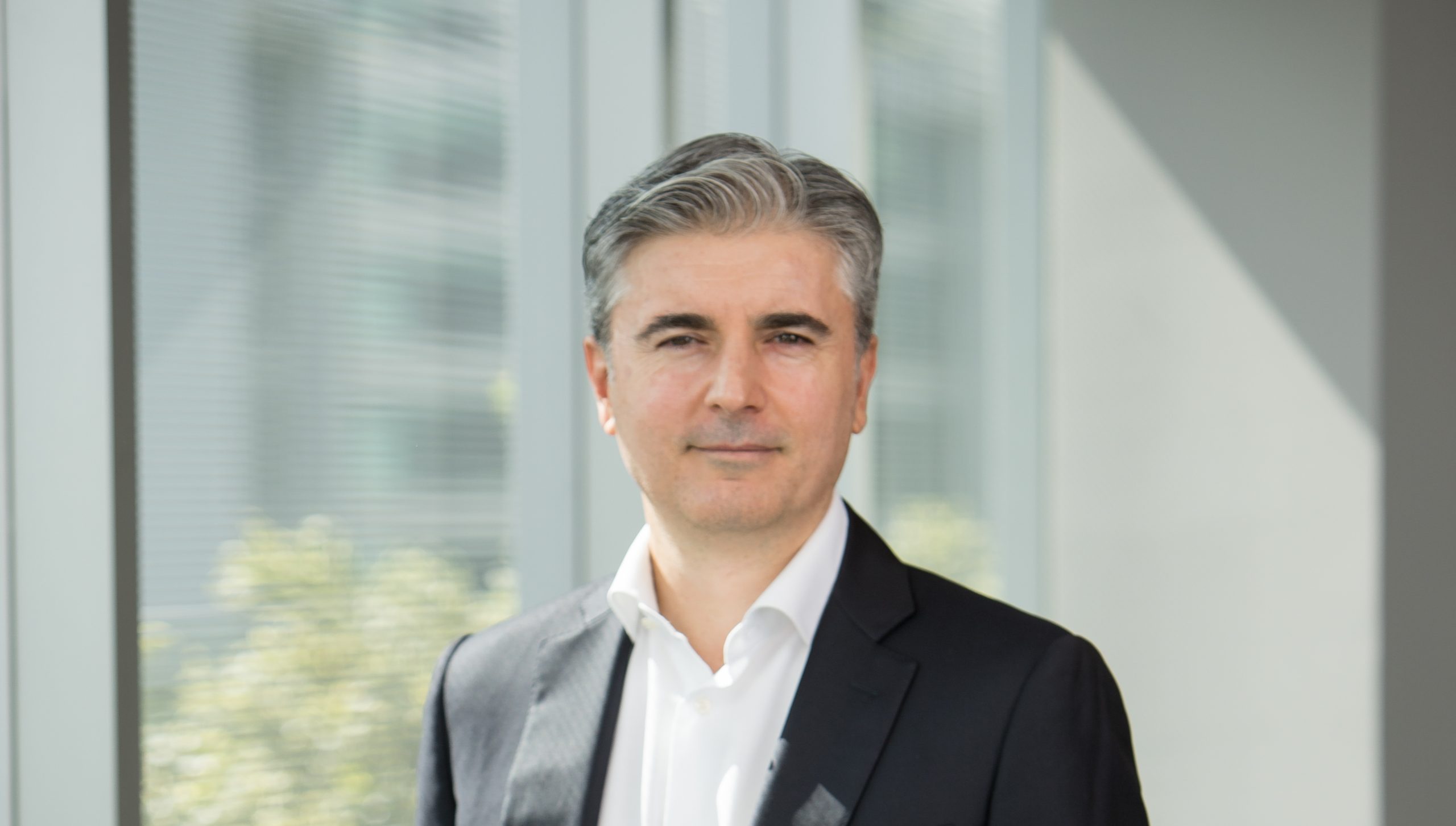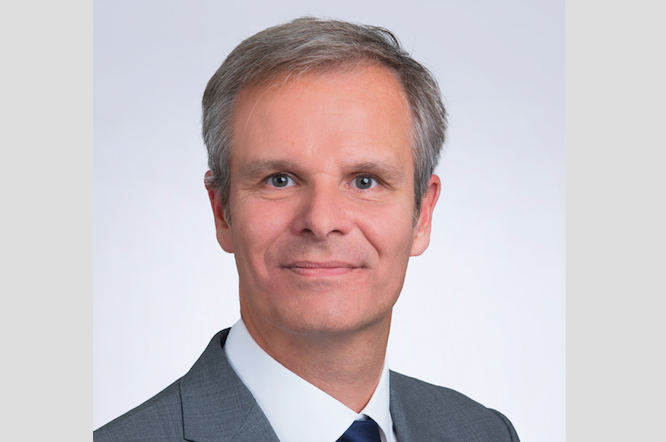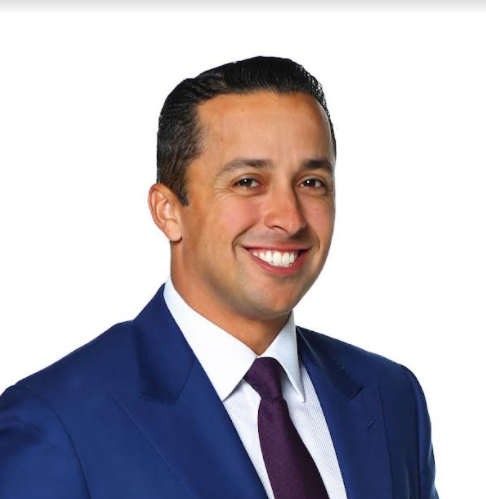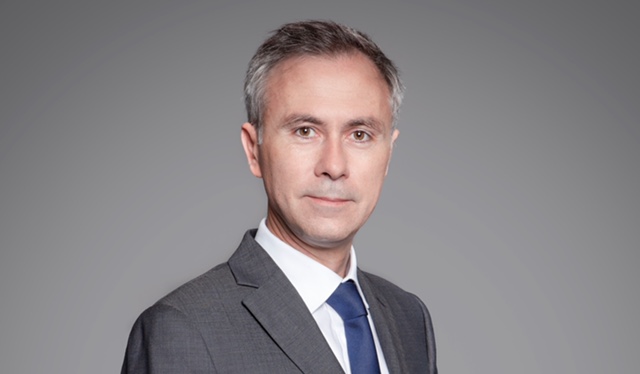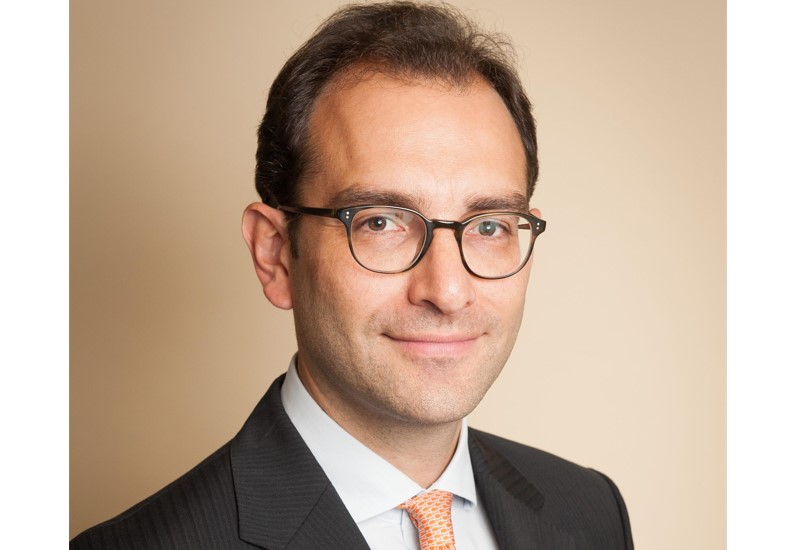Business Opportunities, Asset Allocation and Inflation: Three Questions for Guillermo Vernet, Kandor Global CEO
| By Magdalena Martínez | 0 Comentarios
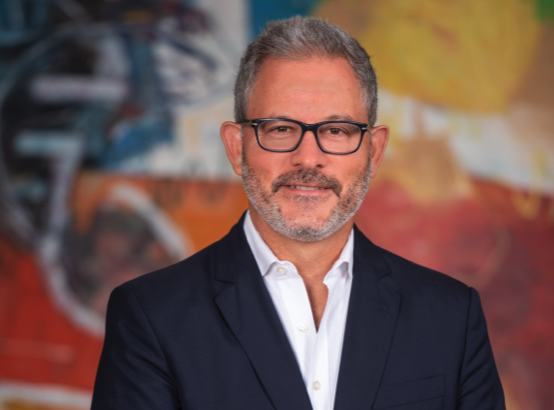
After a year of its launch, Kandor Global, the Miami-based RIA serving ultra-high net worth clients worldwide, is strengthening its decentralized service model for increasingly globalized families as it plans to expand into Switzerland and seeks the best investment assets for its clients.
Based in Miami, the firm has already amassed over 500 million dollars in assets under management. On the occasion of its anniversary, Funds Society asked Guillermo Vernet, CEO and founder, three questions.
1. Where do you currently see the greatest potential for wealth management? What projects does Kandor Global have?
UHNWs (ultra high net worth individuals) are increasingly becoming global citizens and have families living in different countries. The freedom to live wherever they want comes with significant tax implications that can vary depending on the family member.
Most of Kandor Global’s clients are currently domiciled in the U.S. or in Latin American countries. In recent years, many of the Latin American clients have moved to the U.S. and established residency. Now there is a wave moving to Europe, especially Spain, where they have long-standing relationships, children going to college or simply because of their European origins.
We understand that our clients value a local point of contact and physical access to their preferred booking center. For this reason, Kandor Global has prioritized different locations around the world. We have established a presence in the U.S. as our base location, expanding into Latin America and Spain to offer accessibility to our customers.
We see our next expansion opportunity in Switzerland. For our clients’ profile, it’s a key financial epicenter. Many have well-established relationships with bankers that they wish to maintain. In addition, Swiss clients will find value in the sophisticated, holistic and independent service that Kandor Global offers.
In Switzerland, there is a consolidation of the wealth management industry. There is increasing pressure from Swiss regulators, as in the rest of the world, to ensure total independence to better serve clients. Firms have found themselves in need of reinventing themselves, expanding their services to offer more independent investment alternatives, as well as more customized and consolidated reporting than in the recent past. The move to Switzerland provides the best opportunity for Kandor Global to offer its services and it is already having conversations to acquire local companies underway.
2. When proposing products and strategies to clients, what assets are you prioritizing? What are clients asking for?
Our approach is to understand our clients’ needs and risk profile, and achieve a holistic view of their assets when designing an optimal investment strategy. We look for alternative investment options with the level of liquidity that can be assumed by the client.
When working with multigenerational clients, it is easier to develop a strong long-term view and many are willing to try new investment instruments. In working with Latin American clients who have sold their businesses, we found that they were used to regular, high returns. Now, when they invest the proceeds generated by the sale of the business, they are looking for a similar return while maintaining or even increasing their capital.
We have seen a strong appetite for private investments, with two out of three clients including private investments in their portfolios in varying degrees of weighting. Results to date demonstrate solid performance for the level of risk. We provide our clients with a rigorous plan with diversification by seniority, geographies and sectors, and then select funds with different investment sizes.
Some clients have shown interest and have been active in crypto investments. We offer support by selecting money managers that fit three criteria: deep experience in institutional investments in different asset classes, including Crypto; being multi-currency within Crypto; and acting as hedge funds so they can hedge risk and participate in other areas of blockchain applications.
3. What has changed in your portfolios with the fear of inflation?
Inflation has reduced the expected return of fixed income in the short term, making it difficult for the traditional 60/40 investment model to achieve expected returns. Some investors have managed the situation by investing in riskier assets, producing a disconnect from where they invest and their risk profile.
To help our clients protect themselves from inflation, we look for other investment options, such as real estate vehicles. Within fixed income we add assets, such as floating rate senior loans, which are less vulnerable to inflation. In conclusion, we evaluate underweight fixed income and overweight equities as conditions change.

